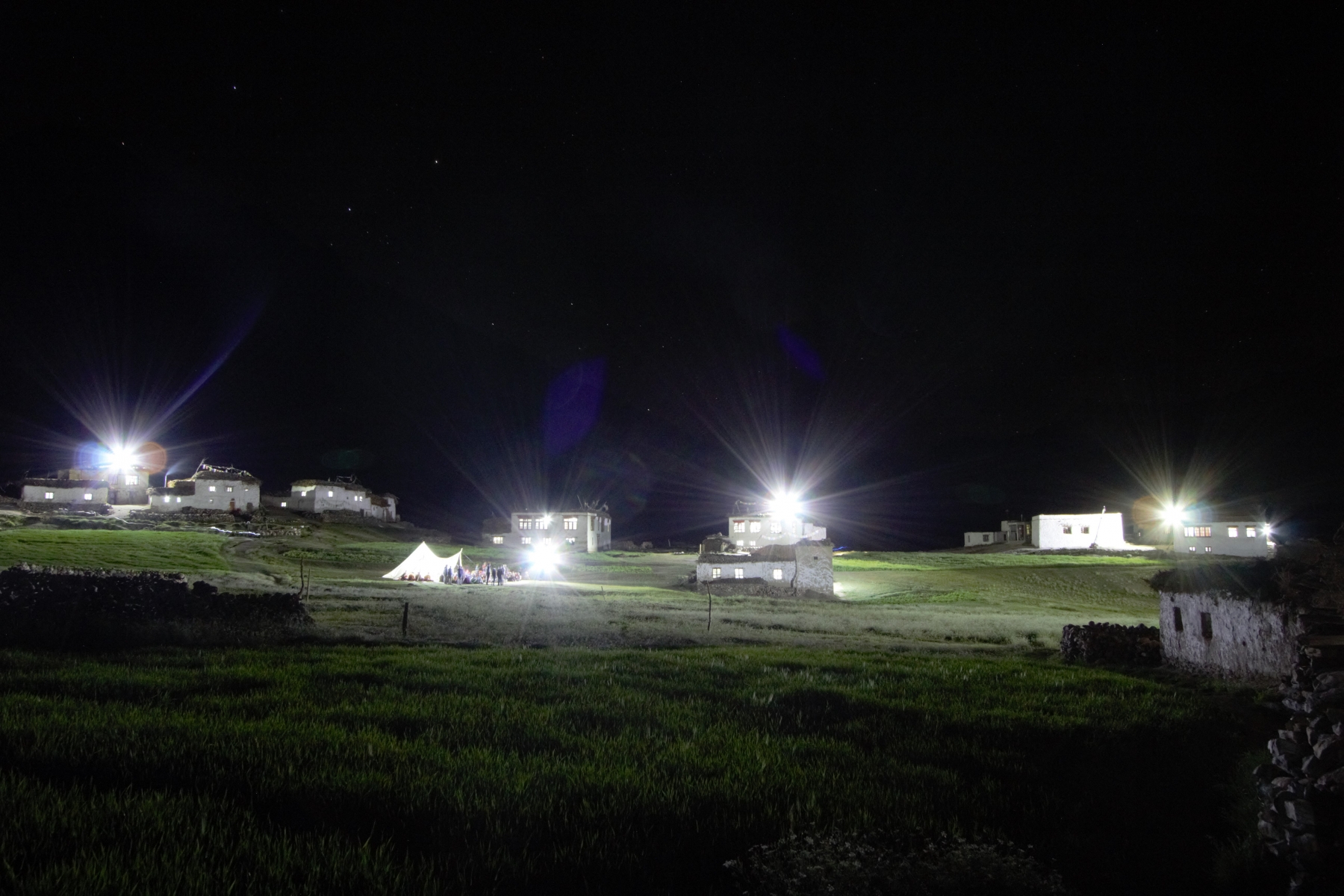In a breakthrough collaboration, Social impact organization Global Himalayan Expedition (GHE) has partnered with the European Space Agency (ESA) to provide a unique opportunity for developing innovative space utilisation applications and services to support empowerment of rural communities and uplift them through sustainable tourism and other holistic development interventions.
Global Himalayan Expedition (GHE) is working towards the empowerment of the remote Himalayan communities through leveraging clean technology and promotion of sustainable tourism. GHE over the last 8 years have provided solar energy access to over 110 villages and impacted the lives of 55000 people living in the remote regions of the Indian Himalayas. To enable economic empowerment of the marginalized communities, GHE also creates village homestays for travellers in Its electrified villages to bring income to the doorstep of the villages through responsible tourism. This enables cultural preservation of the fragile ecosystem and creates opportunities for the youth to earn meaningful livelihood in their own backyard.
The European Space Agency (ESA) is Europe’s gateway to space. Its mission is to shape the development of Europe’s space capability and ensure that investment in space continues to deliver benefits to the citizens of Europe and the world. ESA is an international organisation with 22 Member States. By coordinating the financial and intellectual resources of its members, it can undertake programmes and activities far beyond the scope of any single European country. ESA Space Solutions aims at reaching commercial exploitation of space assets, data and capabilities addressing incubation, proving technical feasibility and business development. This includes the development of operational services for a wide range of users through the combination of different systems, and support in creating viable companies as well as to existing companies.

The tourism sector plays an important role as a driving force of economic development. Activities related to the tourism sector contribute to the generation of income and employment. Recent technological advances in the space technologies have opened big opportunities particularly interesting for the sustainable tourism. The combination of space and terrestrial technologies can provide, for instances, always updated and reliable maps, weather report, timetable and other useful information, according to the geographic position of the tourist.
The collaboration between GHE and ESA will bring together GHE’s commitment to leverage innovative technologies and enablers to support rural communities in its socio-economic development. Use of space technology in the on-ground activities can play a big role in fostering the development of these rural and remote communities.
The common objectives of the collaboration will focus on fostering the development of innovative space-utilising applications to support local communities’ development through sustainable tourism. This will involve services such as tourism logistics and mobility services, homestays booking, emergency services, as well as electrification, tele-education, and tele-medicine for hard-to- reach rural communities.
As first step of this cooperation, GHE will join forces with ESA on the ESA’s “Path to Post-COVID Recovery” feasibility study, by voicing the requirements of the remote Himalayan Communities with economies based on responsible tourism, heavily affected by COVID-19.
Similarly, GHE will support the ESA’s “Connected Rural Communities” initiative by providing their views on most needed applications for rural community upliftment in India, including mobility and sustainable use of natural resources.


